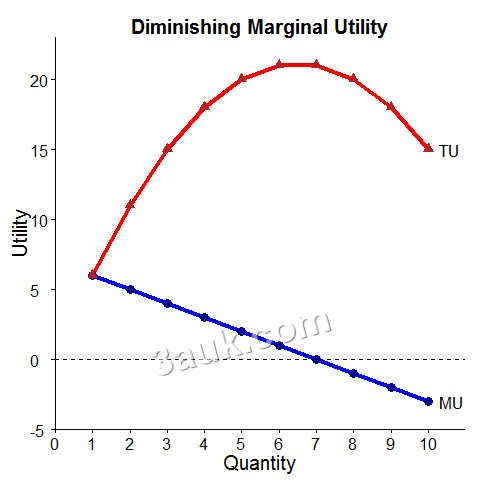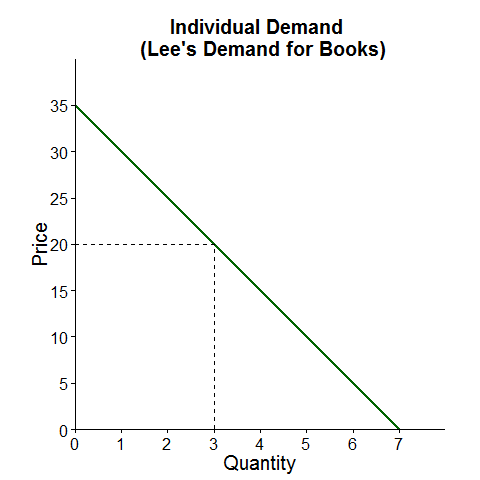Utility is a fundamental concept in economics that plays a crucial role in understanding consumer behavior and demand. In this blog post, we will explore the intricacies of utility, including its definition, calculation, and implications in economic analysis. We will also examine the limitations and assumptions of marginal utility theory, which provides insights into how consumers make choices and allocate their resources.
Definition and Calculation of Total Utility and Marginal Utility
In economics, utility refers to the satisfaction or happiness that a consumer derives from consuming a particular good or service. Total utility is the overall satisfaction a consumer obtains from consuming a given quantity of a good or service. It is calculated by summing up the utility derived from each unit of the good consumed. For example, if a consumer derives 10 units of utility from consuming the first burger, 8 units from the second, and 6 units from the third, the total utility of consuming three burgers would be 10 + 8 + 6 = 24 units.
Marginal utility, on the other hand, measures the change in total utility that results from consuming one additional unit of a good. It is calculated by taking the difference between the total utility of consuming n units of a good and the total utility of consuming n-1 units of the same good. For example, if the total utility of consuming 3 burgers is 24 units, and the total utility of consuming 2 burgers is 18 units, the marginal utility of the third burger would be 24 – 18 = 6 units.
Diminishing Marginal Utility

One of the key insights of utility theory is the concept of diminishing marginal utility. This principle states that as a consumer consumes more and more of a good, the marginal utility of each additional unit decreases. In other words, the satisfaction or happiness derived from each additional unit of a good diminishes as the consumer consumes more of it. This explains why consumers tend to be willing to pay a higher price for the first unit of a good compared to subsequent units, as the marginal utility of the first unit is typically higher.
Equi-Marginal Principle

The equi-marginal principle, also known as the law of equi-marginal utility, is a concept that guides consumers in their decision-making process. According to this principle, consumers allocate their resources in such a way that the marginal utility per unit of expenditure is equal for all goods and services consumed. In other words, consumers try to achieve the maximum overall utility by balancing the marginal utility derived from each good relative to its price or cost. For example, if a consumer has a certain amount of money to spend and is considering buying either a burger or a pizza, they will allocate their money in such a way that the marginal utility of the last dollar spent on both the burger and the pizza is the same.
Derivation of an Individual Demand Curve

The concept of utility also forms the basis for the derivation of an individual demand curve. The demand curve shows the quantity of a good that a consumer is willing and able to buy at different prices, assuming all other factors remain constant. In general, the law of demand states that as the price of a good decreases, the quantity demanded increases, and vice versa.
The individual demand curve is derived from the concept of marginal utility. According to marginal utility theory, consumers will continue to consume a good until the marginal utility of the last unit consumed equals the price they are willing to pay for it. If the price of the good decreases, consumers will demand more of it, as the marginal utility exceeds the price. This leads to a downward-sloping demand curve, where the quantity demanded increases as the price decreases, and vice versa.
Limitations of Marginal Utility Theory and its Assumptions of Rational Behavior
While utility theory provides valuable insights into consumer behavior, it has certain limitations. One limitation is that it assumes that consumers behave rationally, always seeking to maximize their utility. However, in reality, consumers may not always make rational decisions due to various factors such as imperfect information, psychological biases, and social influences.
Another limitation is that marginal utility theory focuses solely on the individual level of analysis and does not account for broader economic factors such as income, prices of related goods, and market conditions. Additionally, it assumes that consumers have complete knowledge of their preferences and can accurately measure and compare the utility derived from different goods, which may not always be the case.
In conclusion, utility is a crucial concept in economics that helps us understand how consumers make choices and allocate their resources. Total utility and marginal utility provide insights into the satisfaction derived from consuming goods, while the concept of diminishing marginal utility and the equi-marginal principle guide consumers in their decision-making process. The derivation of an individual demand curve from utility theory further illustrates how consumers respond to changes in prices. However, it is important to recognize the limitations and assumptions of rational behavior in marginal utility theory when applying it to real-world situations.
Read more on Utility Theory:
